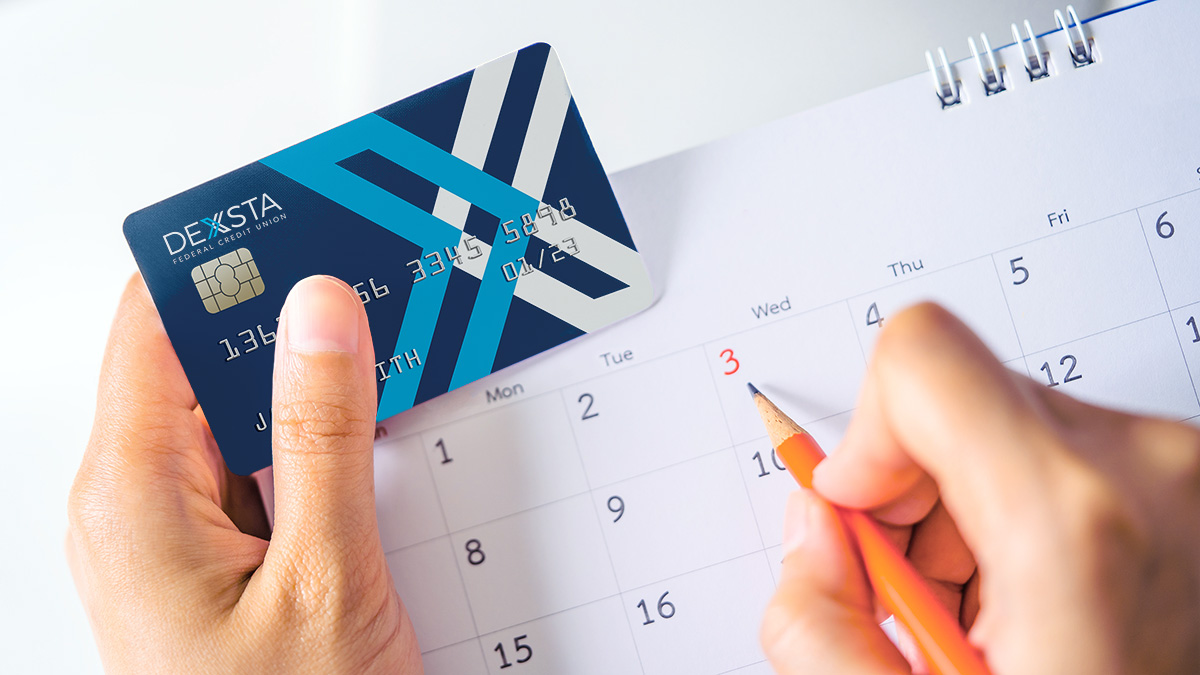Recurring charges on a credit card have become a ubiquitous part of our financial lives. Automatic payments such as streaming services and gym memberships ensure our uninterrupted access to the things we love. However, they can also become a silent financial drain, especially when we forget about them or fail to use the subscribed services. Taking control of your finances means identifying and eliminating unnecessary recurring charges on a credit card. By doing so, you can free up some extra cash and gain a clearer insight into your spending habits and financial priorities. Here’s a comprehensive guide on how to track, manage, and cancel those sneaky charges. This will pave the way for a healthier financial future with more money in your DEXSTA account for what truly matters.
Taking Control of Recurring Charges on a Credit Card
Step 1: Conduct a Credit Card Audit
Begin by going through your credit card statements from the last six months. Look for any recurring charges on a credit card—these could range from streaming subscriptions and magazine renewals to gym memberships and app services. Highlight or list each recurring charge and note what it’s for, how much it costs, and when it’s billed.
Step 2: Evaluate Each Charge
Once you have a comprehensive list, it’s time to evaluate each charge critically. Ask yourself: Do I still use this service? Is it providing value proportional to its cost? Could I downgrade to a less expensive plan without losing much utility? If the answer to any of these questions veers towards a ‘no,’ it’s a sign that the service might not be worth continuing.
Step 3: Identify and Cancel Unwanted Charges
Identifying unnecessary subscriptions is one thing—canceling them is another. For each service you decide is not worth its salt, locate the cancellation process. This procedure varies; some services allow you to cancel directly through their website, while others may require a phone call. Be persistent and ensure you get a confirmation of the cancellation. Keep this confirmation for your records in case there are any disputes or if the charge mistakenly recurs.
Step 4: Set Calendar Reminders
For services you choose to keep, especially those that renew annually, set a reminder on your phone or calendar 30 days before the renewal date. This reminder serves a dual purpose: It prepares you for the charge, and it gives you a chance to reconsider the subscription’s value before it auto-renews.
Step 5: Leverage DEXSTA’s Financial Education
DEXSTA offers various financial education resources designed to assist our members in managing their finances more effectively. Utilize our account monitoring services to keep an eye on recurring charges on a credit card. Setting up spending alerts can notify you of any charges, and you can easily review your transactions through online and mobile banking platforms.
Step 6: Opt for a Different Payment Method
Consider using a debit card or a reloadable prepaid card for subscriptions and recurring payments. This way, you’re using money you already have, which can prevent overspending and help keep your budget in check. Plus, since the payment method requires active reloading, it adds an extra layer of consideration before signing up for new services.
Empower Your Finances by Cutting the Waste
The accumulation of unnoticed or unnecessary recurring charges on a credit card can quietly undermine our financial stability. By taking proactive steps to audit, evaluate, and manage these charges, you can significantly cut financial waste. Every dollar saved from these efforts can be redirected toward your saving goals, debt reduction, or investments, aligning your spending with what truly matters to you.
DEXSTA is committed to helping you take control of your finances by providing the necessary tools and guidance to make informed decisions. By becoming vigilant of recurring charges and making conscious choices about them, you pave the way to a more secure financial future. It’s not about cutting off all conveniences but choosing the ones that add true value to your life.
